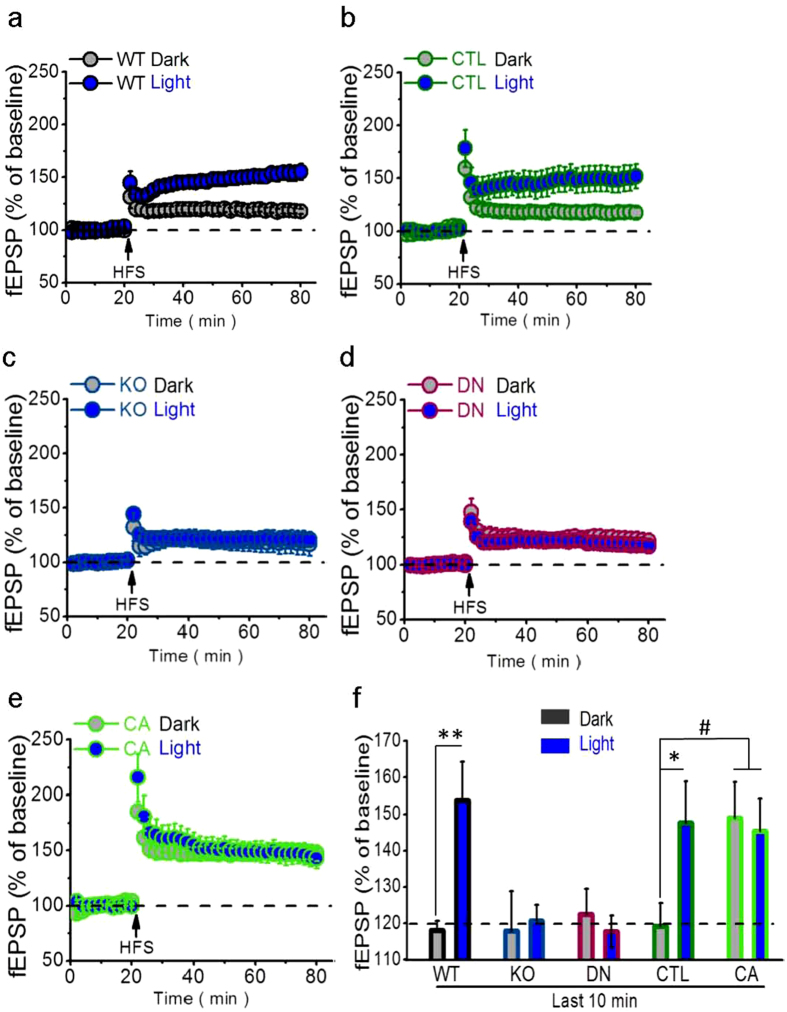Figure 4. Light-enhanced LTP requiring hippocampal PAK1 activity.
(a,b) In C57BL/6 mice, high-frequency stimulation (HFS) induced significantly larger CA1 LTP with the light treatment (WT, n = 13 slices; CTL, n = 7 slices) than under darkness (WT, n = 12 slices; CTL, n = 8) before slice preparation in both WT (F(1, 23) = 10.563, **P = 0.004, repeated measured ANOVA) and CTL mice (F(1, 13) = 6.169, *P = 0.027, repeated measured ANOVA) (WT, n = 6 mice per group; CTL, n = 3 mice per group). However, (c,d) regardless of darkness (KO, n = 13 slices; DN, n = 12 slices) or light treatment (KO, n = 10 slices; DN, n = 12 slices) before slice preparation, HFS similarly induced smaller CA1 LTP in both KO (Dark, n = 6 mice; Light, n = 5 mice; F(1, 21) = 0.052, P = 0.822, repeated measured ANOVA) and DN mice (Dark and Light, n = 6 mice per group; F(1, 22) = 0.316, P = 0.580, repeated measured ANOVA). In marked contrast, (e) No matter darkness (n = 7 slices) or light treatment (n = 9 slices) before slice preparation, HFS similarly induced larger CA1 LTP in CA mice (Dark, n = 4 mice; Light, n = 5 mice; F(1, 14) = 0.065, P = 0.803, repeated measured ANOVA). (f) The LTPs were significantly larger with the light treatment in WT/CTL or CA-PAK1 groups than in darkness or PAK1-KO/DN groups (F(1, 102) = 3.661, **P = 0.001, ANOVA, the post-hoc test for WT Dark compared to WT Light, **P = 0.001 and CTL Dark compared to CTL Light, CA Dark and CA Light, *P = 0.019 , #P = 0.023 and #P = 0.031).

